
Palazzo Marino Palace, Milan - Centre
Palazzo Marino has been the home of Milan's town council since 1861. Located in La Scala square, the palace was designed by architect Galeazzo Alessi, from Perugia, in 1558.
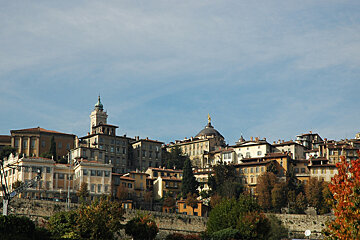
© Wikimedia

© Wikimedia
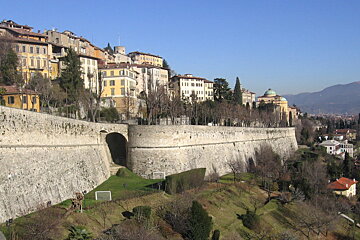
© Wikimedia
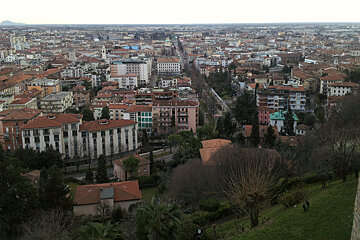
© Wikimedia
A historically rich medieval city, once a part of Venice
The city of Bergamo is perched atop a hill just within a 30-40 minute train or car ride from Milan. The fourth largest city in Lombardy, it is located at the foot of the Alps.
Bergamo is the second most visited city in the region after Milan thanks to its rich history, beautiful landscapes, delicious cuisine and easy connections. Just 30 minutes from Milan, Bergamo has its own international airport ten minutes away. The city is at the foothills of the Orobie Alps, popular with Italian skiers given their proximity to Milan.
For 400 years, from the early 15th century, Bergamo was a part of the Republic of Venice. The Venetians built a stone wall around the Citta Alta perched on a hill above the rest of town. Piazza Vecchia, in the heart of the Citta Alta, is a great starting point for exploring Bergamo, branching off into a network of narrow and distinctly medieval, winding cobblestone streets.
The modern Citta Bassa (Lower City) is not without its charms, boasting a good collection of parks, galleries, museums and fashion boutiques and general 19th-century chic.
The remote origins of the city of Bergamo can be perceived in its own name, probably a combination of the Germanic words Berg (mountain) and heim (house). Bergamo's hilltop location has always been a defensive advantage, meaning that it has been occupied for centuries.
The first settlement we have remains of was a Celtic village that succumbed to the Romans in the year 49 BC. They enlarged the town, now called Bergomum, which had around 10,000 inhabitants under Roman rule, but it was raided by Attila in the 5th century.
In the early Middle Ages, Bergamo was the seat of one of the most important Lombard duchies in northern Italy. In the 9th century, it was conquered by Charlemagne who turned it into a county and, in the 11th century, it became an independent commune that took part in the Lombard League, fighting to defend the Kingdom of Italy against the threat of the Holy Roman Empire dominated by the Hohenstaufen dinasty. From 1264, Bergamo was under the rule of Milan and the Visconti family, who fortified the citadel.
However, in the early 15th centuries, Bergamo fell under the control of the Venetian Republic until the late 18th century, becoming the westernmost outpost of this territory. The Venetians fortified the town to counteract possible attacks from other regions of Italy.
Napoleonic rule was imposed on Bergamo in 1797 while in 1815 it was assigned to the Austrian Empire. Under Austrian government, the town's industrial development began with the installation if the first textile factories. The city played a vital role during the Italian unification or 'Resorgimento'. It was called the 'Città dei Mille' in honour of 'I Mille', the most important voluntary contingent in Garibaldi's army, because around a sixth of them came from the city. Garibaldi liberated Bergamo in 1859 becoming part of the Kingdom of Italy and, after, the Italian Republic.

Palazzo Marino has been the home of Milan's town council since 1861. Located in La Scala square, the palace was designed by architect Galeazzo Alessi, from Perugia, in 1558.

This gallery is the oldest in Milan, originally founded in 1957, and initially focussed on post-war avant-garde.

The Milan Conservatory, named after Verdi though his application to study there was famously rejected, is Milan's most celebrated music college. Since 1808, it has been educating Milan's important, up and coming musicians.

Prada, the huge Italian fashion house, has opened this foundation to showcase contemporary art together with contemporary philosophy conferences, research exhibitions and initiatives related to cinema.
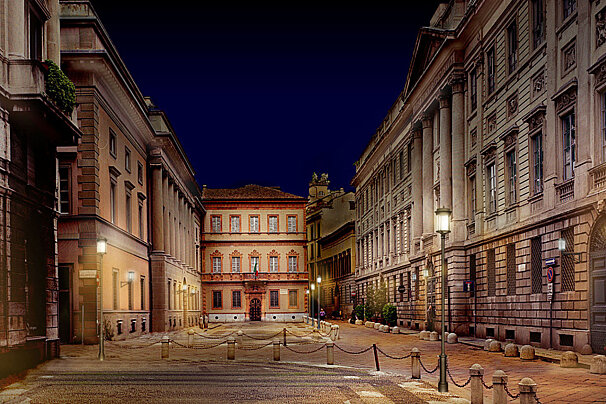
Alessandro Mazoni, the famous literate and author of "I Promessi Sposi" or "The Betrothed", lived in this house from 1814 until 1873. It has been restored to show how it must have been when Manzoni died in 1873.

This gallery showcases the work of 19th and 20th-century local artists from the Lombardy region and the area around Venice.

Il Baretto has been running for over fifty years, delighting the great and the good of the city for half a century. The sophisticated, old English club house decor is host to a refined menu taking cues from Milanese and international cuisine.

Located at the luxury Excelsior Gallia Hotel, this rooftop restaurant boasts a menu created under the consultancy of three-Michelin starred chefs Enrico and Roberto Cerea and the Lebano brothers. They serve modern Italian cuisine with a focus on the Lombardy region.
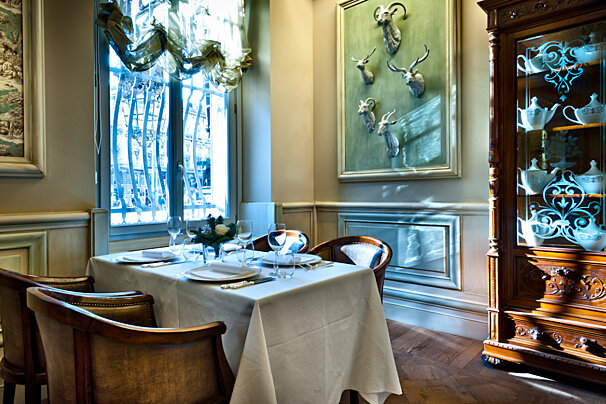
Michelin-starred experience that draws on the experimentation of the Venissa culinary approach. The enchanting decor completes the tone for dining in a very unique setting.
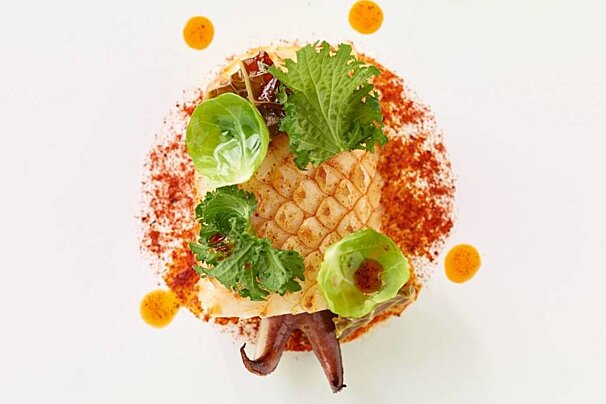
This elegant and sophisticated restaurant is located in a luxury hotel right in the heart of Milan and has been awarded a Michelin star. They serve traditional Italian dishes with innovative touches using local fresh ingredients.
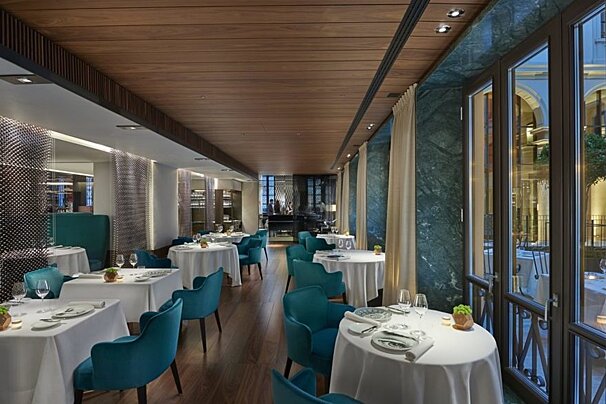
The 2-Michelin-starred Seta restaurant located in the Mandarin Oriental Milan hotel is a new kid on the block for the Milanese restaurant scene. An open-plan kitchen gives guests a peak of how the stunning dishes are prepared and a more complete experience to their choices.

The elegant style and furnishings, the neoclassical pieces of art decorating the walls and the hand-painted high ceiling is a dramatic yet fitting setting for the fantastic food of the Palazzo Parigi restaurant. And when the weather is fine, the relaxed atmosphere of the private garden terrace provides an alternative atmosphere for visiting diners.
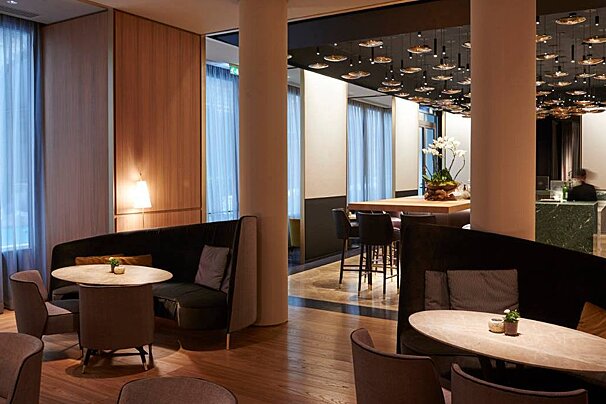
Located in the historic centre of Milan, in front of the Galleria Vittorio Emanuele II, this is one of Milan’s hottest and trendiest bars in the city at any time of the day.
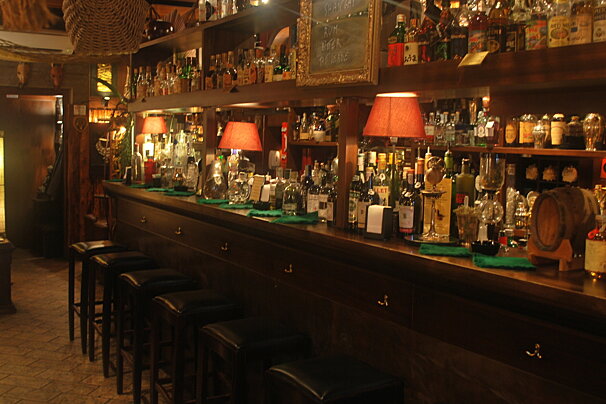
This small quirky cocktail bar has a "fusion" feel combining local furniture with Eastern, African and Caribbean styles to create a global feel.

This upmarket bar offers cocktails and a light lunch menu to a typically well-dressed crowd, fatigued after shopping the Galleria. The bar is part of the arty-industrial Straf 'design' hotel.
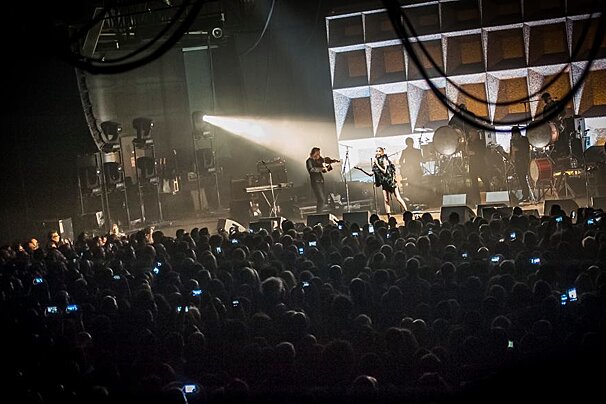
One of the most renowned music venues in Milan, at this nightclub you'll be able to see big live rock concerts during the week, while during the weekends it turns into a disco.

This club was created by the famous fashion stylist Roberto Cavalli and is located within the largest city garden, Parco Sempione.

This super-cool cafe/bar, whose name is taken from the Austrian General who ruled over Lombardy, is frequented by the Brera fashion and arts crowd and is a great place to unwind. It has an old-world feel, fantastic aperitivo and superb brunches. Best enjoyed in summer.

This large lake, on the eastern side of Milan, was originally built for Mussolini as an airport for seaplanes. Now it is a park for sporting activities and a summer meeting place. Boasting a beach, swimming pools and plenty of open space for walking and cycling as well as other team games, its bursts into life in summer and is a perfect family afternoon with a picnic on a hot day.

Superbly located in the heart of Milan, inside the famous Galleria Vittorio Emanuele II, just few steps away from Duomo square, this hotel holds on to its history while providing world-class and design accommodations. The 58 rooms and suites with a stunning view inside the Galleria offer an intimate and elegant hideaway in the historical centre of Milan.
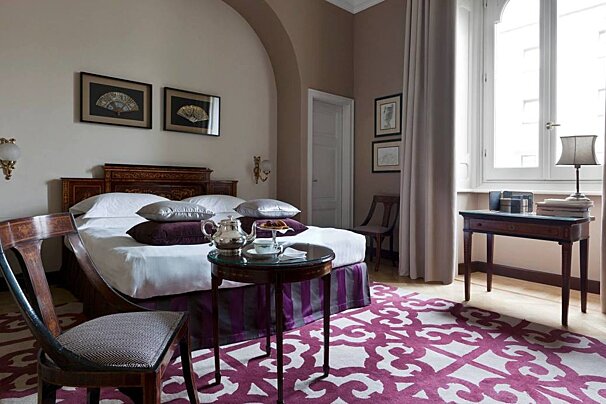
This is Milan's oldest hotel, opened in 1863, and then named the ”Albergo di Milano”. Its has been a sort of 'annex' to La Scala for many years - with some rooms even having adjoining doors to the theatre.

There is no shortage of colour or style in this design hotel, looking out on the Galleria Vittorio Emanuele II.
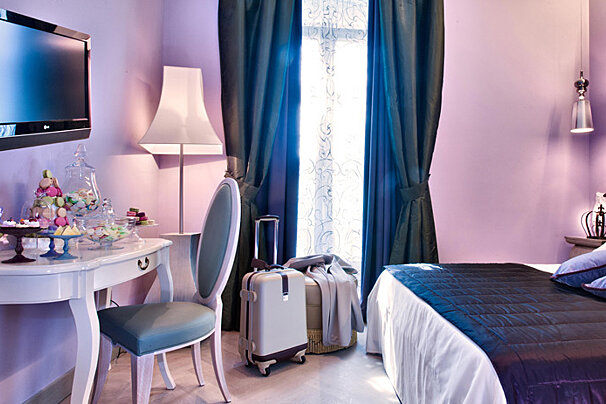
Exquisite attention to detail and fantastical decor makes the Château Montfort a stand out place to stay in the centre of Milan. A stay here will conjure up any number of enchanting childhood tales.

5-star hotel designed by Giorgio Armani located in the heart of Milan. Dine at the Michelin-starred restaurant with panoramic views of the city and relax in the luxury of the top-floor spa.
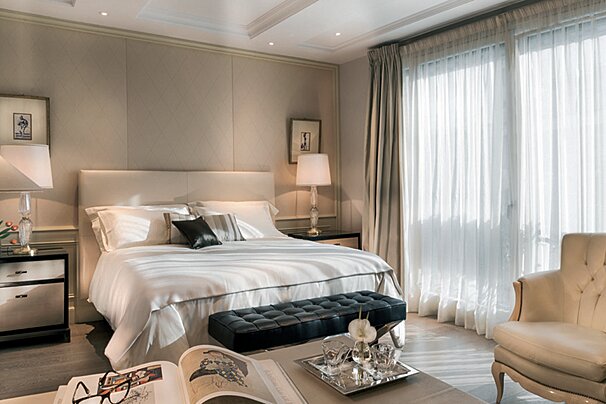
The Palazzo Parigi hotel is in an ideal location on the northern edge of the Brera shopping district. The luxury decor of the hotel is an ode to Milanese style and history, and the many top-drawer services and facilities will want guests wanting for little else.

This company offers coach airport transfers from Orio al Serio airport to Milan central station, Malpensa airport, Bergamo and Monza.
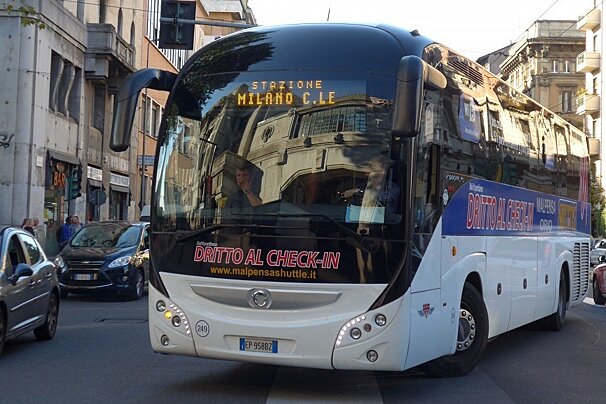
Shuttle company offering regular services from Malpensa airport to Milan central train station via Milano Fiera, as well as to Milano Fiera Rho, Linate airport, Bergamo and Monza.